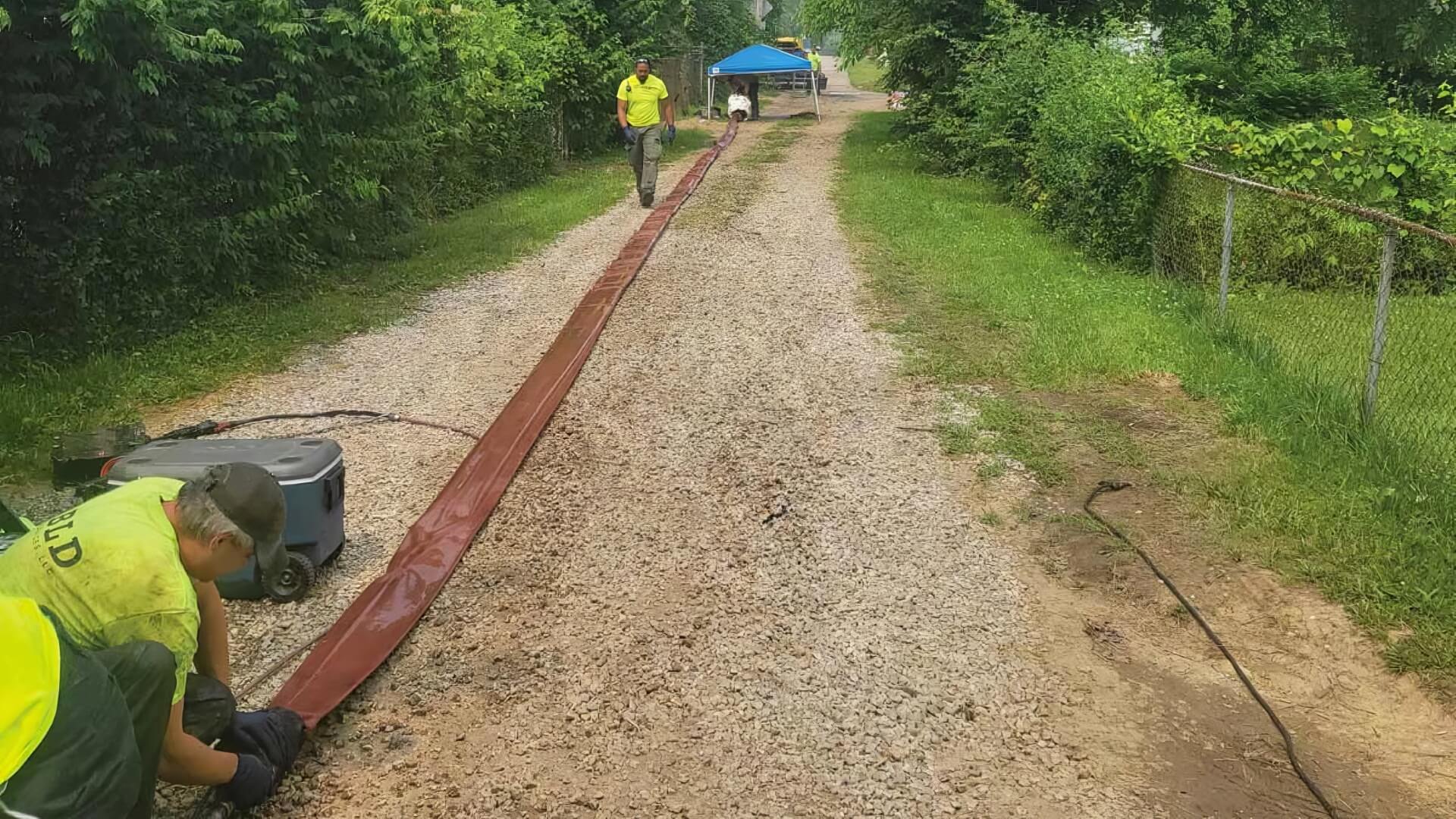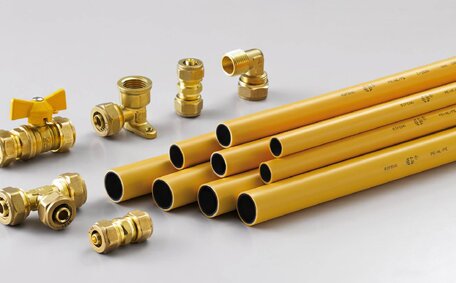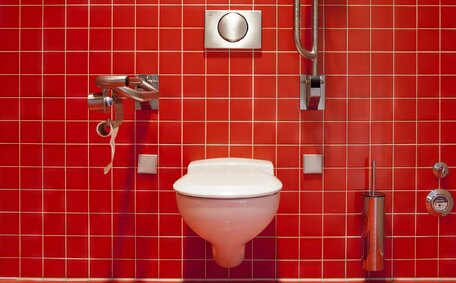Understanding Gas Stove Components
Understanding your gas stove’s components is crucial for effective cleaning. The main parts are:
- Gas stove burners - Essential for delivering gas and producing flames, but their small ports may clog with food debris over time.
- Burners grates - Sits atop the burners to support pots and pans while cooking. Spilled food grease can build up on these components.
- Control knobs - Used to adjust the flame height; prone to accumulating grease and dirt.
- Caps heads - Sit on top of burners to spread the flame evenly across grates. Food particles and grease often get trapped under caps.
Knowing these components enhances the efficiency of stovetop cleaning. Ensuring the gas is shut off and the stove top is completely cool before cleaning is crucial to prevent injury or damage.
Gathering the Proper Cleaning Supplies and Materials
To properly clean burners, having the right supplies on hand is essential for removing grease and baked-on food residue effectively. Essential cleaning materials include:
- Baking soda and water paste - A gentle abrasive that lifts stubborn stains from burners.
- Mild degreaser or liquid dish soap - Helps slice through the grease on grates, knobs, and caps.
- White vinegar - Disinfects surfaces and dissolves mineral deposits.
- Scrub brush or nonabrasive scrubbing pad - For cleaning gas stove components and scrubbing difficult spots without causing damage.
- Damp cloth - For gently wiping down components post-cleaning.
- Hot water - Helps make cleaning with the above ingredients more effective.
- Gloves - For protection while handling caustic cleaning mixtures.
Natural, gentle cleaners are best to preserve your stove’s finish. Avoid using anything other than a mildly abrasive cleaner which includes avoiding scouring pads or powders that could scratch the surface. Refer to the owner’s manual as needed if you have a unique finish like porcelain enamel to clean burner caps appropriately.
Preparing to Clean the Stove
Before starting to clean your gas stove burners, it is vital to take important preparatory steps for safety. This includes:
- Turn the gas off completely to prevent accidental ignition. Confirm by checking the stove’s display or indicator lights.
- Letting the stove top cool down; this can take 30 minutes or longer for all surfaces to reach room temperature.
- Remove detachable parts such as grates, burner caps, and knobs, and place them in a sink or basin for later cleaning.
- Covering the lower cabinets or oven door near the stove to protect from water damage during cleaning.
- Position an absorbent towel under the cooktop to catch any water spills.
- Having a fire extinguisher on hand as a precaution.
- Wearing long rubber gloves to protect hands.
Carefully following these preparatory steps means you can clean your gas hob elements safely and prevents unnecessary property damage. Always place safety first when maintaining any gas appliance.
Cleaning the Grates and Burner Caps
Use a stiff brush dipped in hot soapy water to effectively remove tough stains.
Soak burner grates in warm soapy water for 20-30 minutes to dissolve stubborn grease. Let them sit for 5-10 minutes before scrubbing to allow the cleaning solution to penetrate the grime. Rinse all components, including burners thoroughly, and ensure they’re dry before reassembly.
How do I ensure I’m gentle when maintaining my appliance? Scrub cast iron grates and burner caps gently to avoid damaging the gas ports. Avoid abrasives on porcelain enamel caps. Make certain that caps are completely dry before repositioning them on the stove.
Ensure the cap fits flush with the burner head and ignites correctly once cleaning is finished and the gas is turned back on.
Scrubbing the Burner Heads and Ports
The burner heads and ports are important parts your range relies on to deliver the flame for cooking. Food particles and grease can accumulate over time, clogging these openings. It’s crucial to clean stove burners’ ports properly to allow adequate gas flow.
Start by using a sewing needle, pin needle, or untwisted paper clip to gently loosen debris blocking the ports. Once loosened, use a toothbrush and warm, soapy water to scrub the burner heads and lift away loosened food and grime.
Take care not to enlarge the ports on the burner base or scratch the metal surface. Rinse the ignition port thoroughly after scrubbing.
For stubborn port deposits, mix a paste using one part baking soda to three parts water.
Liberally apply the paste to the affected areas using an old toothbrush and let sit for 10-15 minutes. After allowing the paste to set for 10-15 minutes, scrub gently for a thorough clean. Rinse and dry everything completely before reassembling the burners on your stove top.
Be extremely gentle to demonstrate how clean stove top burners and their parts should be maintained, avoiding bending or damaging any components. Ensure all ports are clear after cleaning so the gas can flow freely. Confirm proper burner ignition before using the stove again after maintenance.
Cleaning the Stovetop Surface and Knobs
Consult your stove’s owner’s manual for specific guidance, particularly when cleaning electric coil elements. Gently wipe in the direction of the grain and avoid using abrasives.
For stainless steel gas units, use a stainless steel cleaner or mild dish soap with warm water, using soft cloth or a microfiber cloth.
For glass stove surfaces, use a solution of equal parts white vinegar, lemon juice, and warm water in a spray bottle.
When considering how clean stove surfaces should be, avoid using razor blades or abrasive powders which can scratch the finish.
Clean around the knobs burner and control panel using the same solutions previously mentioned, taking care not to get any liquid inside which could lead to electric malfunctions. Use a toothbrush and toothpicks to gently get rid of dirt buildup around knobs. Frequently wipe this area to prevent future buildup.
For enamel surfaces, check manufacturer guidelines as abrasives may damage the finish over time. Generally warm, soapy water and a nonabrasive sponge can be used. Rinse thoroughly and wipe dry with a clean cloth.
Reassembling and Drying All Components
After thoroughly cleaning all removable parts of the gas stove, it is crucial to ensure everything is completely dry before reassembling. Any moisture left behind can lead to rusting or improper function.
Ensure you use the correct burner when you make sure all burner ports are clear by learning how to clean by peering down into them. Give the ports a final clearing with a sewing needle if you spot any lingering debris. Use a hair dryer on a cool setting to speed dry them if needed.
Also inspect burner caps, knobs, and grates to ensure they’re free from dampness. Carefully dry every surface, seam and screw hole. Stack components separately on a towel to air dry completely, at least overnight.
When fully dry, rest your attention on reassembling by first replacing burner caps. Make sure they align properly and sit flush with burner heads.
Before using the gas stove again, conduct a final ignition check. Turn on each burner briefly to ensure a strong, even flame. This guarantees all parts were properly cleaned and reassembled for safe functioning.
Maintaining a Clean Gas Stove
Routine stove cleaning with vinegar lemon solution keeps your gas stove in top condition and makes deeper cleans much easier when they’re necessary. Wipe up spills promptly after cooking while stove’s drip pans and surface are still warm - this prevents food and grease from baking on. Use burner covers when not cooking to protect burners from drips and catch any spills.
Create a regular maintenance schedule for your stovetop based on how often you use it. Engage in deep cleaning, which should include tasks like removing grates and burner caps every 2-3 months.
Do a weekly wipe down of the stovetop surface, knobs and surrounding areas to remove light grease and debris. Check burner ports using a sewing needle every 6 months or if you notice decreased efficiency in heating or ignition.
Signs it’s time to call in a professional include damaged knobs or burner components that need replacement, scorched pan supports that can no longer be scrubbed clean, and severely clogged ports not clearing with at-home methods. Technicians have specialised equipment to steam clean stubborn residue and access internal stove components if repairs become necessary.
Regular maintenance ensures a clean stovetop and the safety and functionality of all components. Regular cleaning also eases more intensive cleaning sessions, such as after significant cooking events like Thanksgiving.






